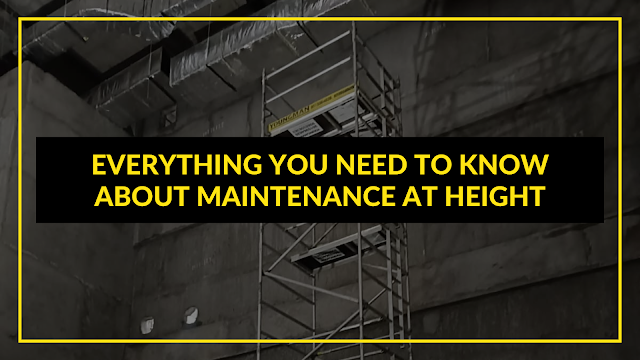Everything You Need to Know About Maintenance at Height

Overview of Maintenance at Height : Did you know that every year, an average of 37 workers face fatalities due to falls from height? Maintenance of machines is a crucial and obligatory step for every company. During these procedures, maintenance professionals often find themselves working at considerable heights to inspect critical points. Ensuring the safety of your daily workers and the sustainability of your operations is imperative because the risk of falling becomes evident. Importance of Safety in Height Maintenance: Ensuring the safety of maintenance professionals involved in height maintenance is of utmost importance. Acknowledging the potential risks associated with working at elevated positions and emphasizes the need to mitigate these risks effectively. By prioritizing safety, the company not only keeps the individual safe but also contributes to the overall efficiency, productivity and reliability of operations. Understanding Maintenance at Height: Types of Work at Heigh

